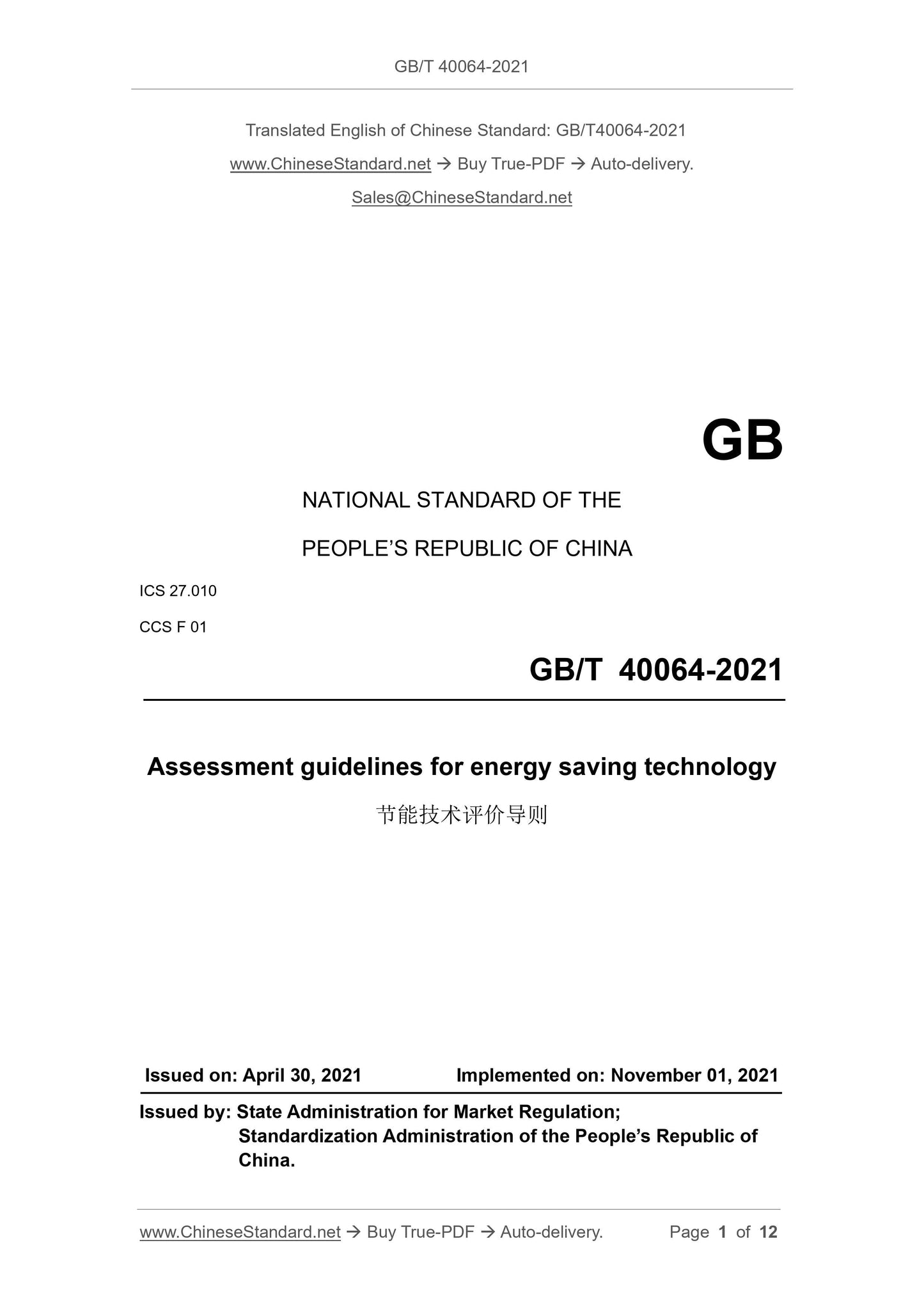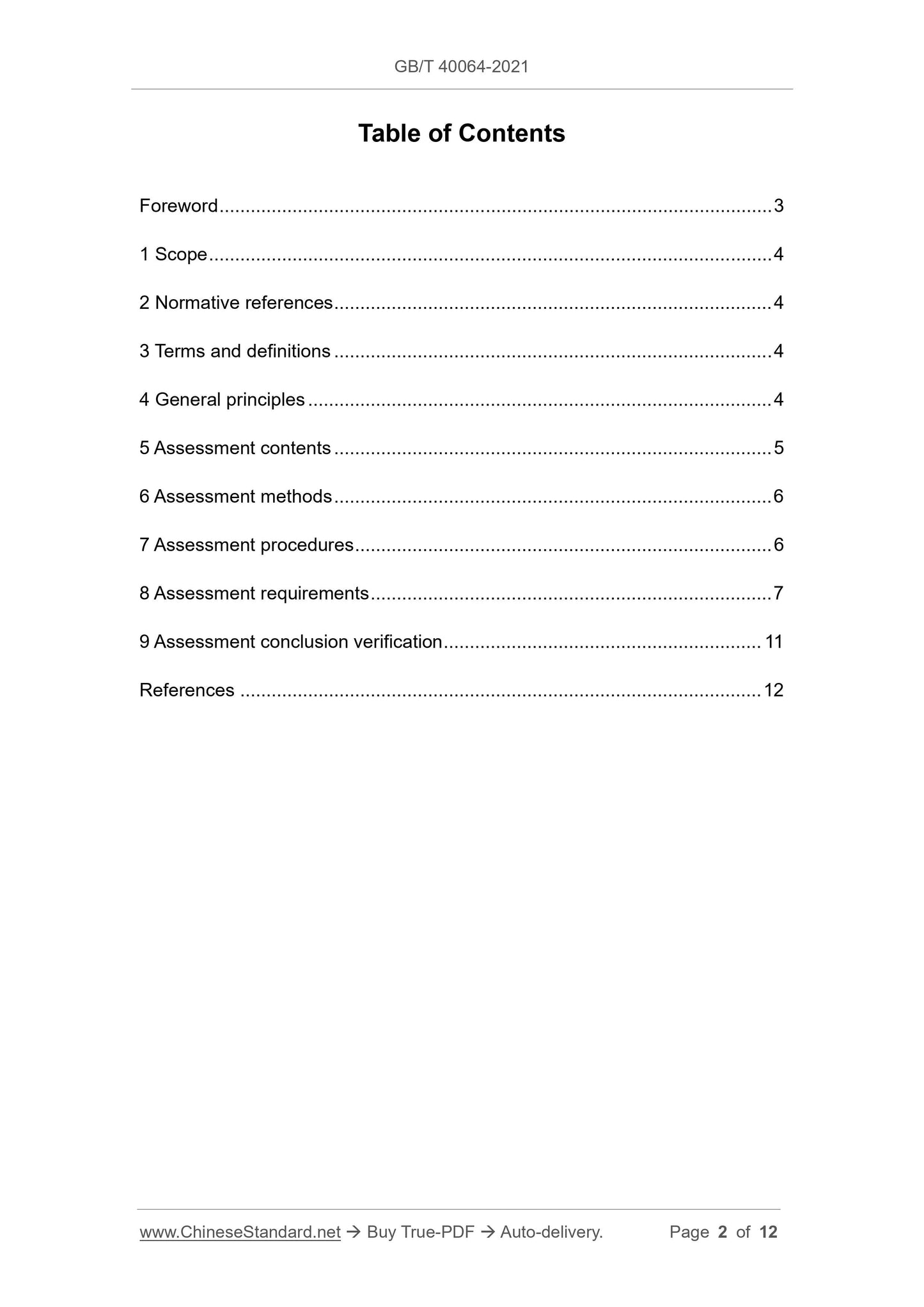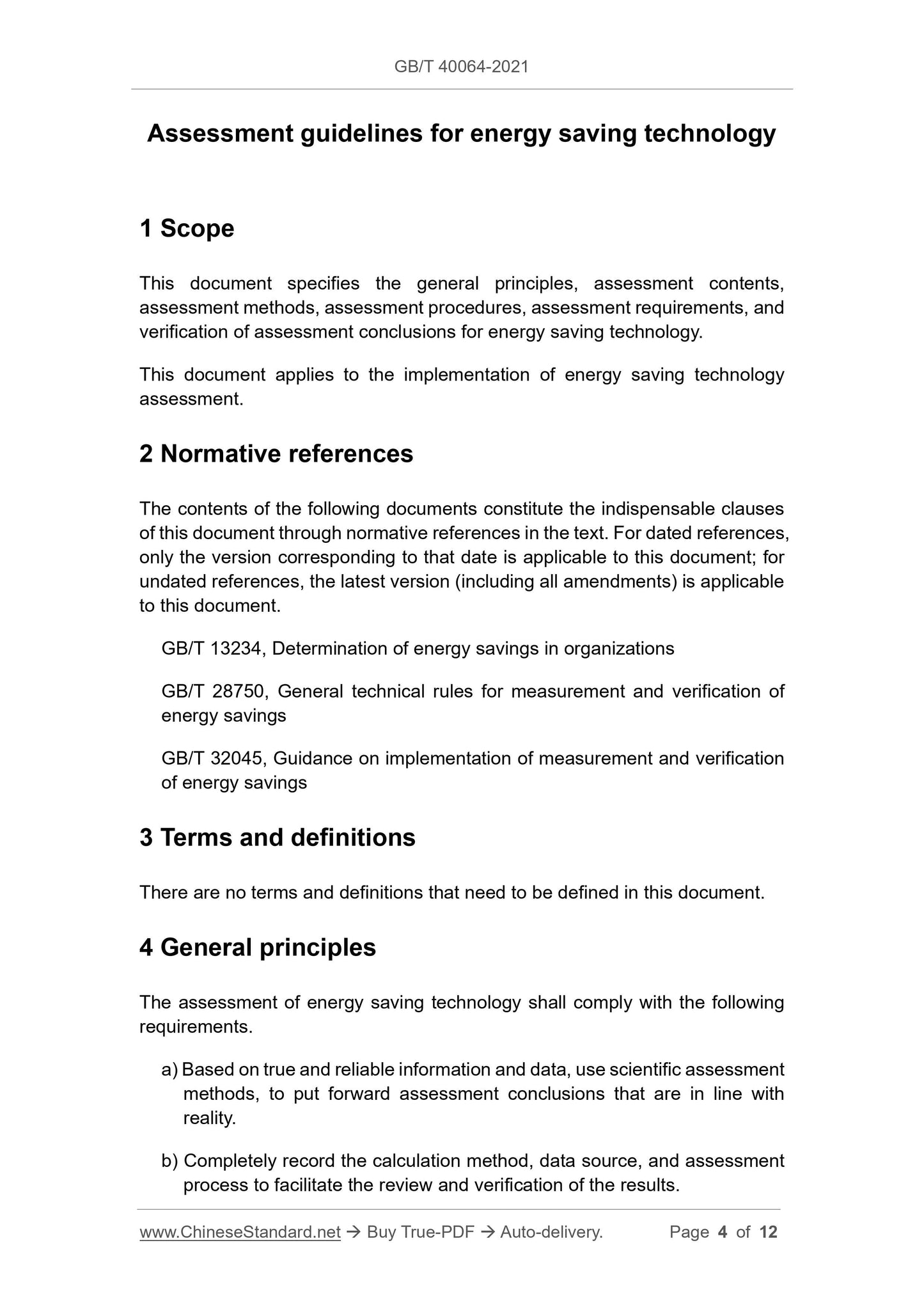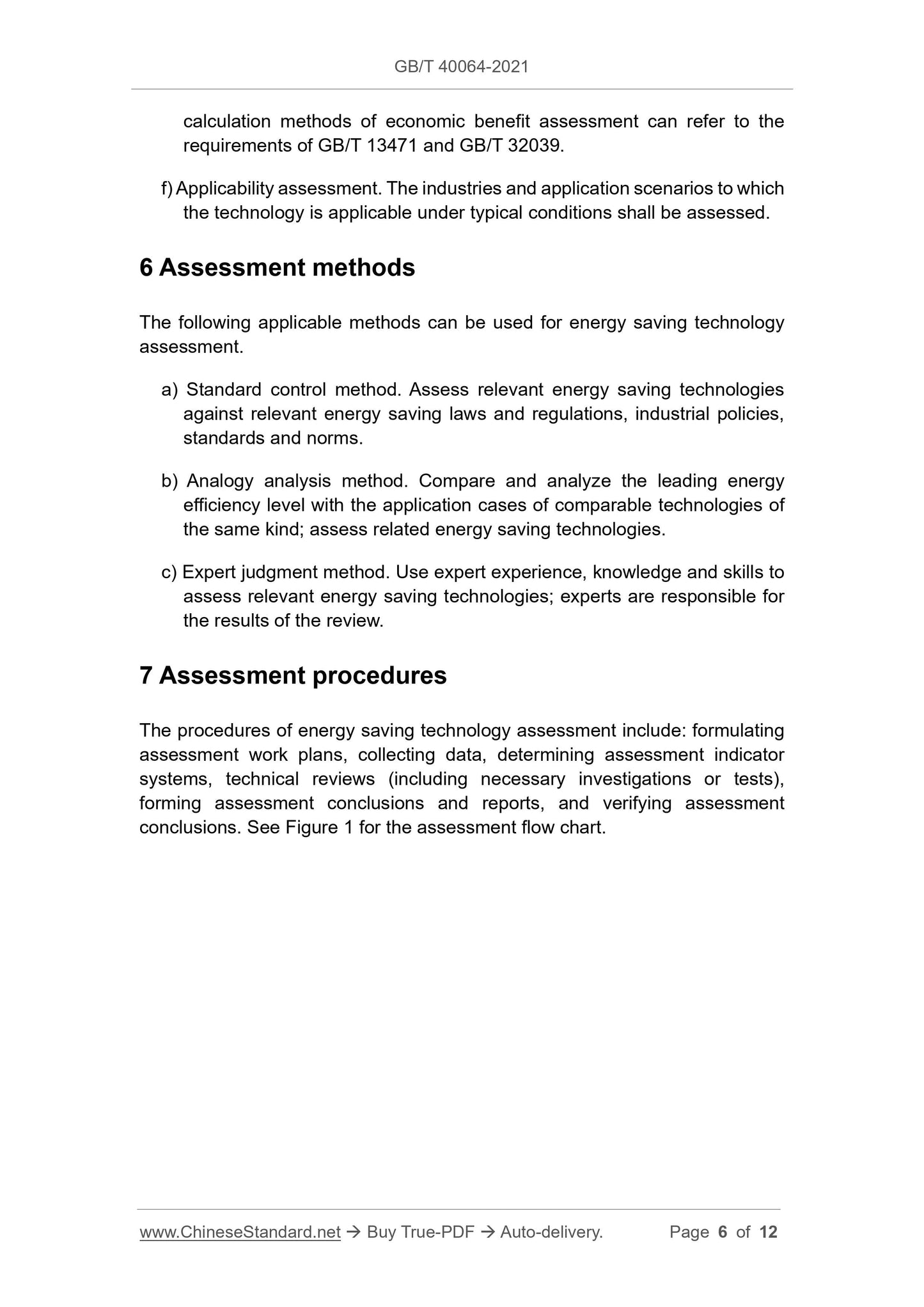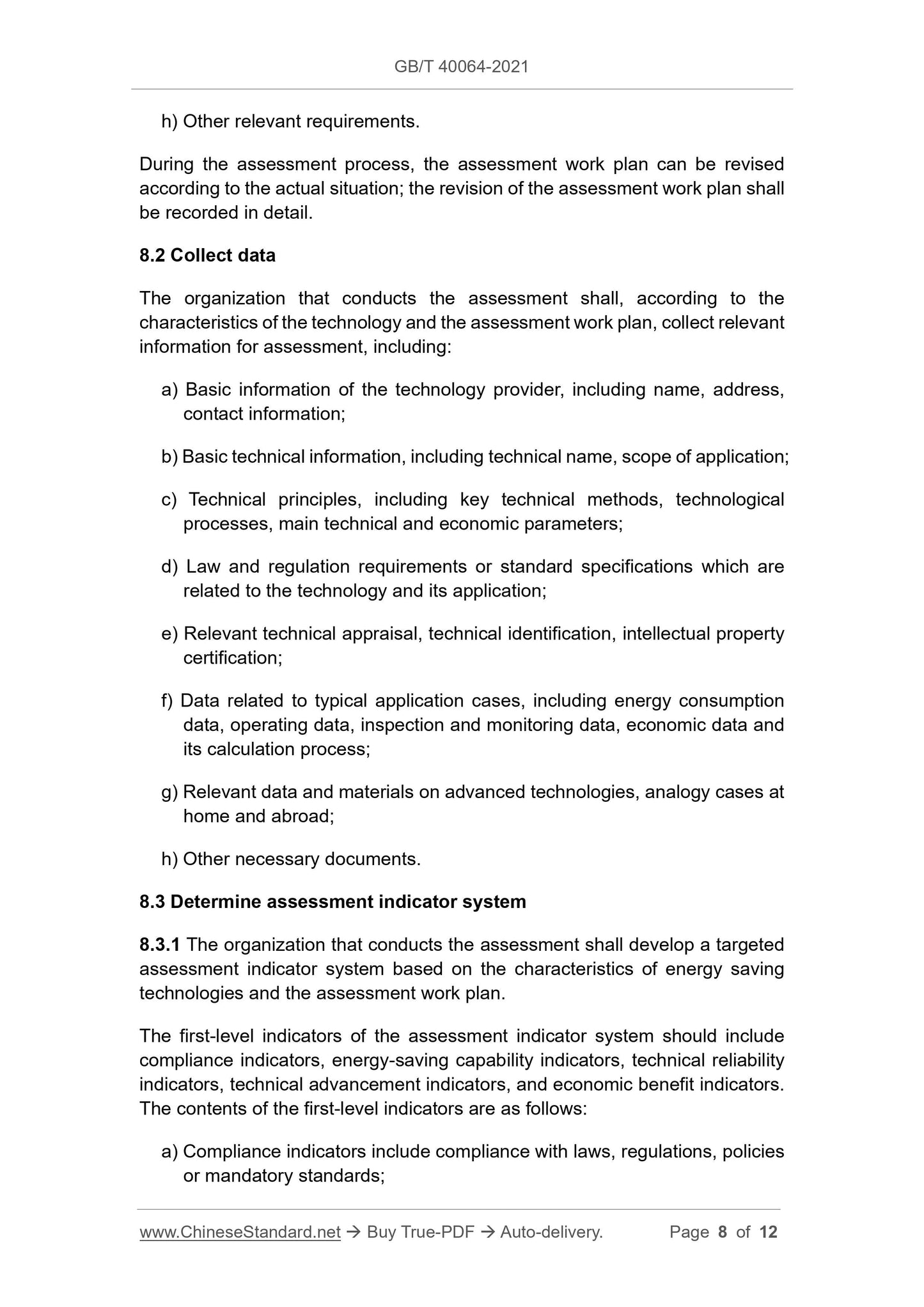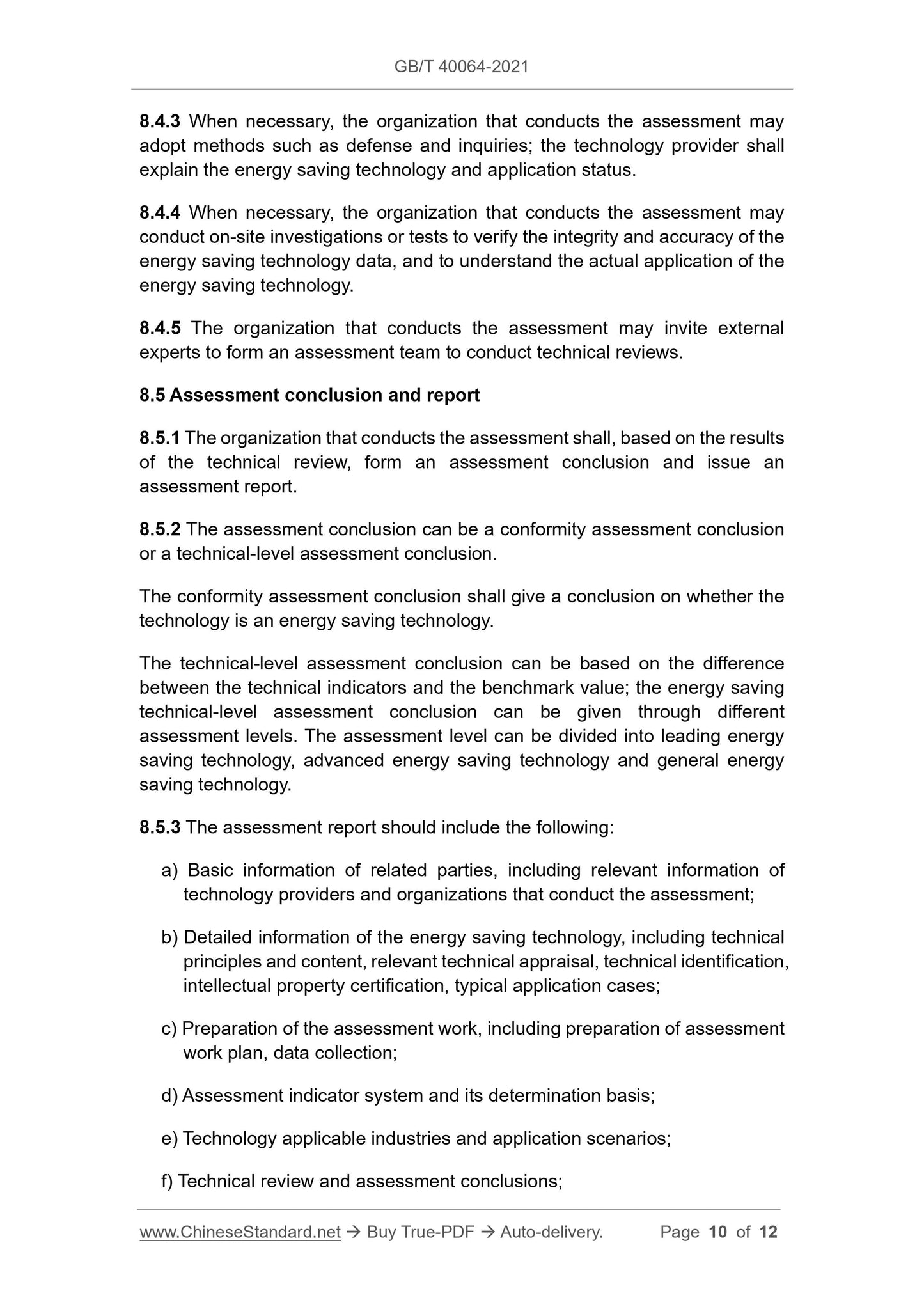1
/
of
6
PayPal, credit cards. Download editable-PDF and invoice in 1 second!
GB/T 40064-2021 English PDF (GB/T40064-2021)
GB/T 40064-2021 English PDF (GB/T40064-2021)
Regular price
$165.00
Regular price
Sale price
$165.00
Unit price
/
per
Shipping calculated at checkout.
Couldn't load pickup availability
GB/T 40064-2021: Assessment guidelines for energy saving technology
Delivery: 9 seconds. Download (and Email) true-PDF + Invoice.Get Quotation: Click GB/T 40064-2021 (Self-service in 1-minute)
Newer / historical versions: GB/T 40064-2021
Preview True-PDF
Scope
This document specifies the general principles, assessment contents,assessment methods, assessment procedures, assessment requirements, and
verification of assessment conclusions for energy saving technology.
This document applies to the implementation of energy saving technology
assessment.
Basic Data
| Standard ID | GB/T 40064-2021 (GB/T40064-2021) |
| Description (Translated English) | Assessment guidelines for energy saving technology |
| Sector / Industry | National Standard (Recommended) |
| Classification of Chinese Standard | F01 |
| Word Count Estimation | 8,827 |
| Issuing agency(ies) | State Administration for Market Regulation, China National Standardization Administration |
Share
